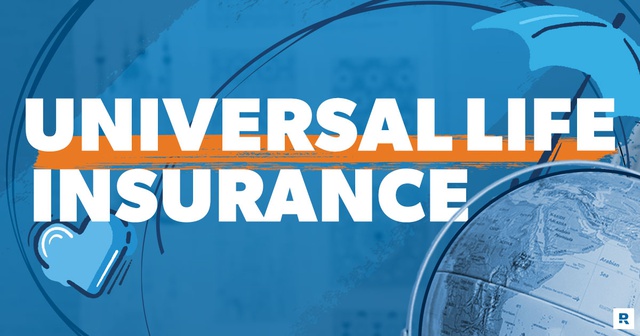Understanding Universal Life Insurance
Universal life insurance is a type of permanent life insurance that combines a death benefit with a savings component. It’s often marketed as a flexible premium policy that allows adjustments to payments and potentially uses the cash value to cover future premiums. However, this flexibility comes with complex terms and conditions that can make it a less attractive option for many consumers.
How Universal Life Insurance Works
When you pay premiums, the amount is divided between covering the cost of insurance and administrative fees, and the remaining portion goes into a cash value account. This cash value grows based on a minimum interest rate set by the insurance company. Policyholders can potentially use the accumulated cash value to adjust their premium payments or withdraw from it, though this can reduce the death benefit.
Cost Factors of Universal Life Insurance
The cost of universal life insurance is influenced by factors such as age, gender, health, and lifestyle. Additionally, the policy comes with various fees, including administrative charges and commissions, which can significantly impact the cash value accumulation. Over time, as the cost of insurance increases with age, more of the premium goes toward maintaining coverage, potentially reducing the cash value.
Advantages and Disadvantages
While universal life insurance provides a death benefit and a cash value component, it is often criticized for its complexity, high fees, and potential for poor returns on the cash value. The cash value growth is typically tied to interest rates or market performance, and withdrawals can reduce the death benefit. Key disadvantages include high administrative fees, potential for cash value reduction if used to cover premiums, and the insurance company retaining any remaining cash value upon the policyholder’s death.
Types of Universal Life Insurance
There are three main types:
- Indexed Universal Life (IUL): The cash value is linked to the performance of a specific market index, offering potential for growth but also comes with fees that reduce returns and risk of loss if the market performs poorly.
- Guaranteed Universal Life: Offers a no-lapse guarantee as long as premiums are paid, with fixed premiums and interest rates. However, it builds minimal cash value.
- Variable Universal Life: Allows investment of the cash value in various sub-accounts, similar to mutual funds. While it offers diversification, it comes with investment risks and high fees.
Comparison with Other Life Insurance Types
Universal life insurance is often compared unfavorably to term life insurance due to its higher costs and complexity. Term life insurance provides coverage for a specified period at significantly lower premiums without the cash value component. For many, term life insurance coupled with independent investments is a more cost-effective and straightforward strategy.
Key Considerations
- Life insurance should primarily serve to protect dependents in case of the policyholder’s death, not as an investment vehicle.
- High fees associated with universal life insurance can erode its benefits.
- Term life insurance is generally recommended for its simplicity and cost-effectiveness.
Making Informed Decisions
When considering life insurance, it’s crucial to understand the product’s purpose, costs, and how it fits into your overall financial plan. For most people, a combination of term life insurance and separate investment strategies offers a more transparent and cost-effective approach to achieving financial security.

By carefully evaluating your needs and exploring alternatives, you can make informed decisions that better align with your financial goals and provide genuine protection for your loved ones.


